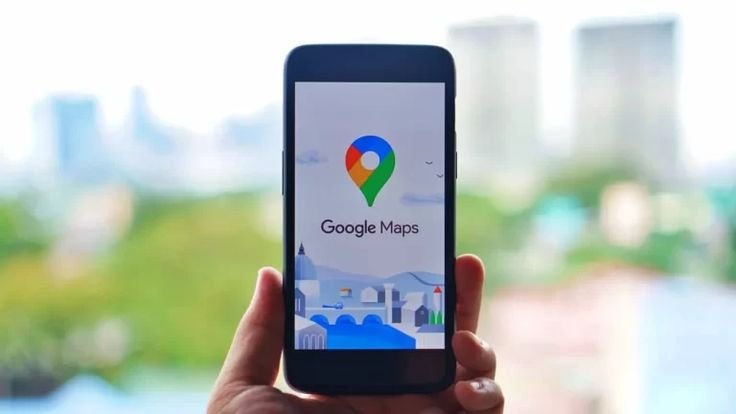Google Maps is a fantastic tool for navigating through the world, helping millions of users find their way, whether they’re driving, walking, cycling, or using public transport. But here’s a surprising fact—Google Maps can also be used even when you have no internet connection! Yes, that’s right. With a simple trick, you can access maps and get directions even if you’re in an area without mobile data or Wi-Fi.
The Magic of Offline Maps
Google Maps offers a feature called “Offline Maps,” which allows you to download specific areas and access them even when your device is offline. This can be particularly useful in areas with poor or no internet connectivity, such as remote locations, underground transit stations, or when traveling internationally and avoiding roaming charges.
Here’s how you can use Google Maps offline:
Step 1: Open Google Maps
Make sure you have the Google Maps app installed on your phone. Open it as you normally would when you’re about to look up directions.
Step 2: Search for the Location You Want
In the search bar, type the name of the city, region, or area you want to save for offline use. Once the location appears on the screen, make sure it’s large enough to encompass the area you might need.
Step 3: Download the Area
- Tap on the location’s name or address at the bottom of the screen.
- Scroll down and tap on the “Download” option. This will allow you to download the map of that area.
- You may be prompted to select the area to download. You can zoom in or out to adjust the area you want to save. Once satisfied, tap “Download.”
The map will start downloading, and once completed, you’ll be able to use it offline.
Step 4: Navigate Without Internet
Once the map is downloaded, you can go offline and still use Google Maps for navigation. The offline version will show your location, provide directions, and even offer real-time traffic updates within the downloaded area.
What Works Offline in Google Maps?
Here’s a breakdown of what you can and can’t do with offline Google Maps:
- Navigation: You can get turn-by-turn directions for driving, walking, or cycling.
- Points of Interest: You can still search for points of interest like restaurants, stores, and landmarks within the downloaded area.
- Traffic Information: Real-time traffic info will be available as long as it was downloaded before you went offline.
- Route Updates: While Google Maps can reroute you during your journey, it can only do so if you have downloaded maps of the necessary areas.
What Doesn’t Work Offline?
- Live Traffic Updates: If you didn’t download the area beforehand, or if you’re out of range of your saved area, live traffic data won’t be available.
- Search for New Areas: You can’t search for places outside of the areas you’ve downloaded while offline.
- Street View: While you can use satellite view, Street View is unavailable offline.
Tips for Using Offline Maps
- Update Your Maps Regularly: Google Maps offline areas don’t last forever. Downloaded maps expire after about 30 days, so be sure to update them if you plan to use them regularly.
- Save Large Areas: You can save multiple regions for offline use, but the larger the area, the more storage it will consume. Consider the size of the region you need and manage your storage space.
- Check Storage Space: Downloaded maps can take up significant storage, so ensure you have enough space on your device.
Why Use Google Maps Offline?
- Avoid Roaming Charges: Traveling abroad? Download your maps before leaving home and avoid expensive roaming charges when navigating in another country.
- No Signal? No Problem: Even in places with no cellular service, you can still use the maps to find your way.
- Battery Saver: Using offline maps can help save battery life as Google Maps won’t constantly search for an internet connection.
- Emergency Use: If you’re in an emergency or need quick directions without internet access, having offline maps ready can be a lifesaver.

Final Thoughts
Using Google Maps offline is an excellent way to stay connected to your route without worrying about internet availability. Whether you’re on a road trip, hiking in remote areas, or exploring a new city abroad, having offline maps can make all the difference in having a smooth, hassle-free journey.
So, next time you’re planning your travels or heading to an area with limited connectivity, remember to download your maps in advance! This simple trick could save you from getting lost, while keeping your data usage in check.

